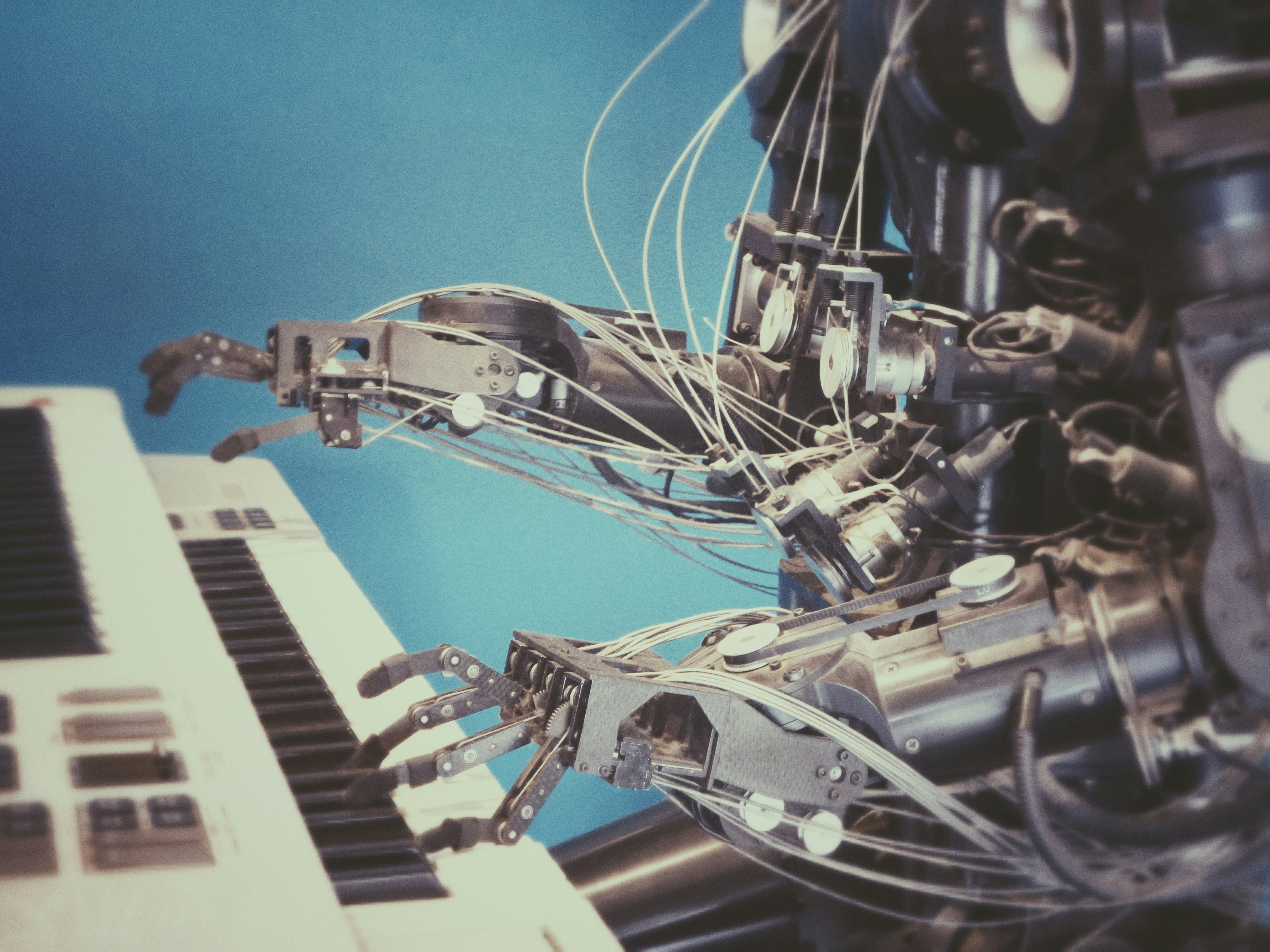
Neurodiversity in Machine Learning Careers: Turning Different Thinking into a Superpower
Machine learning is about more than just models & metrics. It’s about spotting patterns others miss, asking better questions, challenging assumptions & building systems that work reliably in the real world. That makes it a natural home for many neurodivergent people. If you live with ADHD, autism or dyslexia, you may have been told your brain is “too distracted”, “too literal” or “too disorganised” for a technical career. In reality, many of the traits that can make school or traditional offices hard are exactly the traits that make for excellent ML engineers, applied scientists & MLOps specialists. This guide is written for neurodivergent ML job seekers in the UK. We’ll explore: What neurodiversity means in a machine learning context How ADHD, autism & dyslexia strengths map to ML roles Practical workplace adjustments you can ask for under UK law How to talk about neurodivergence in applications & interviews By the end, you’ll have a clearer sense of where you might thrive in ML – & how to turn “different thinking” into a genuine career advantage.

